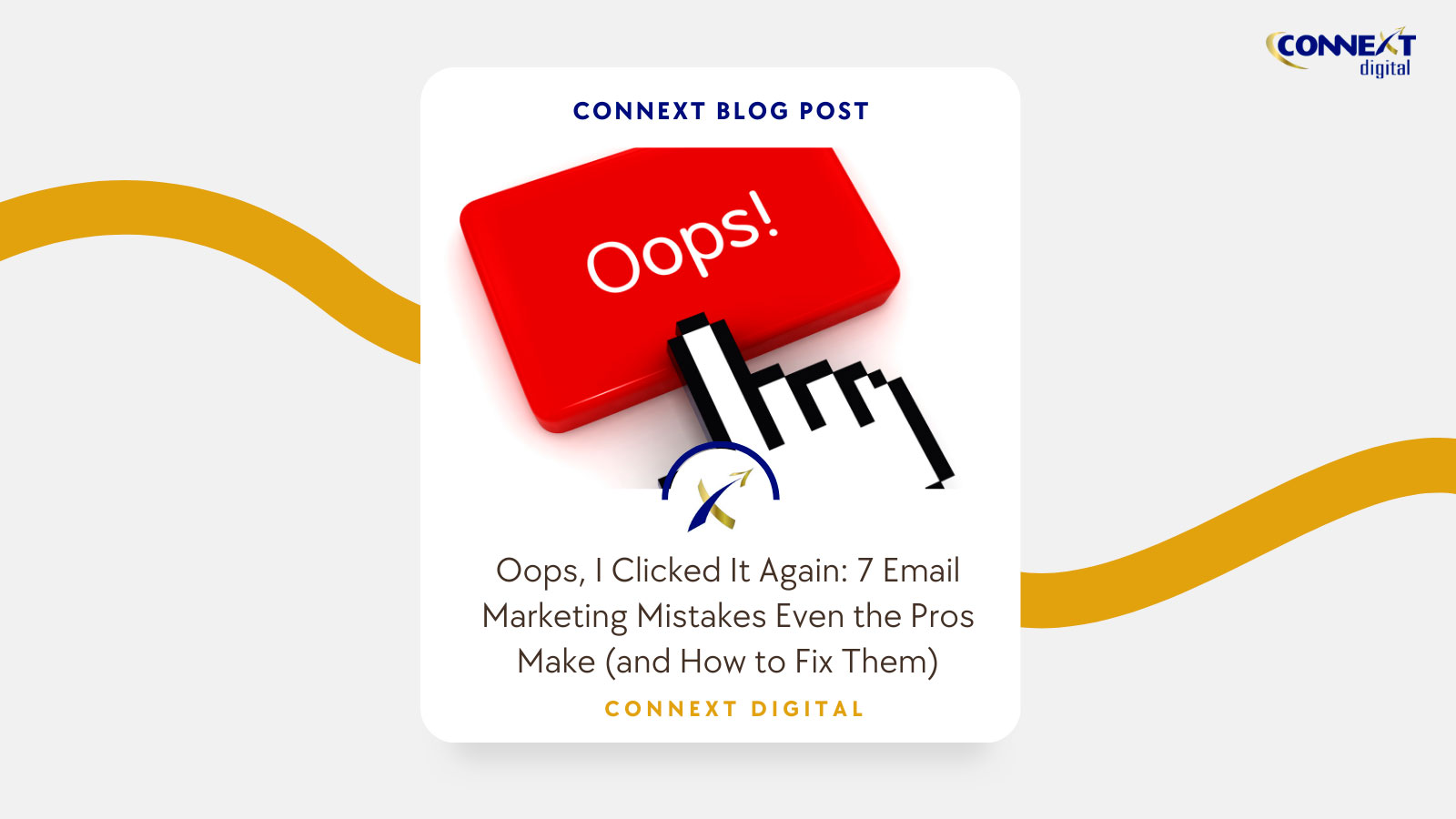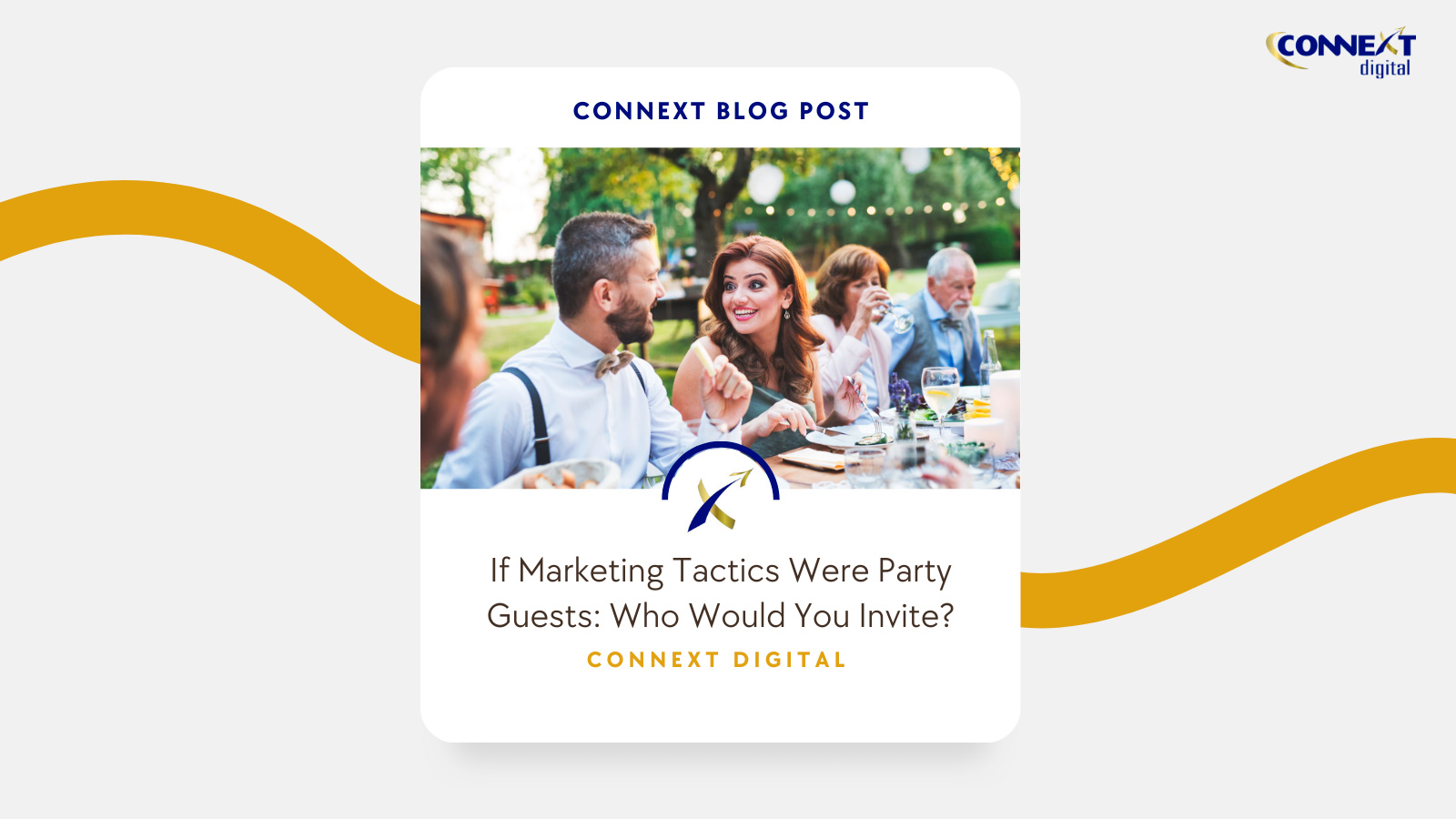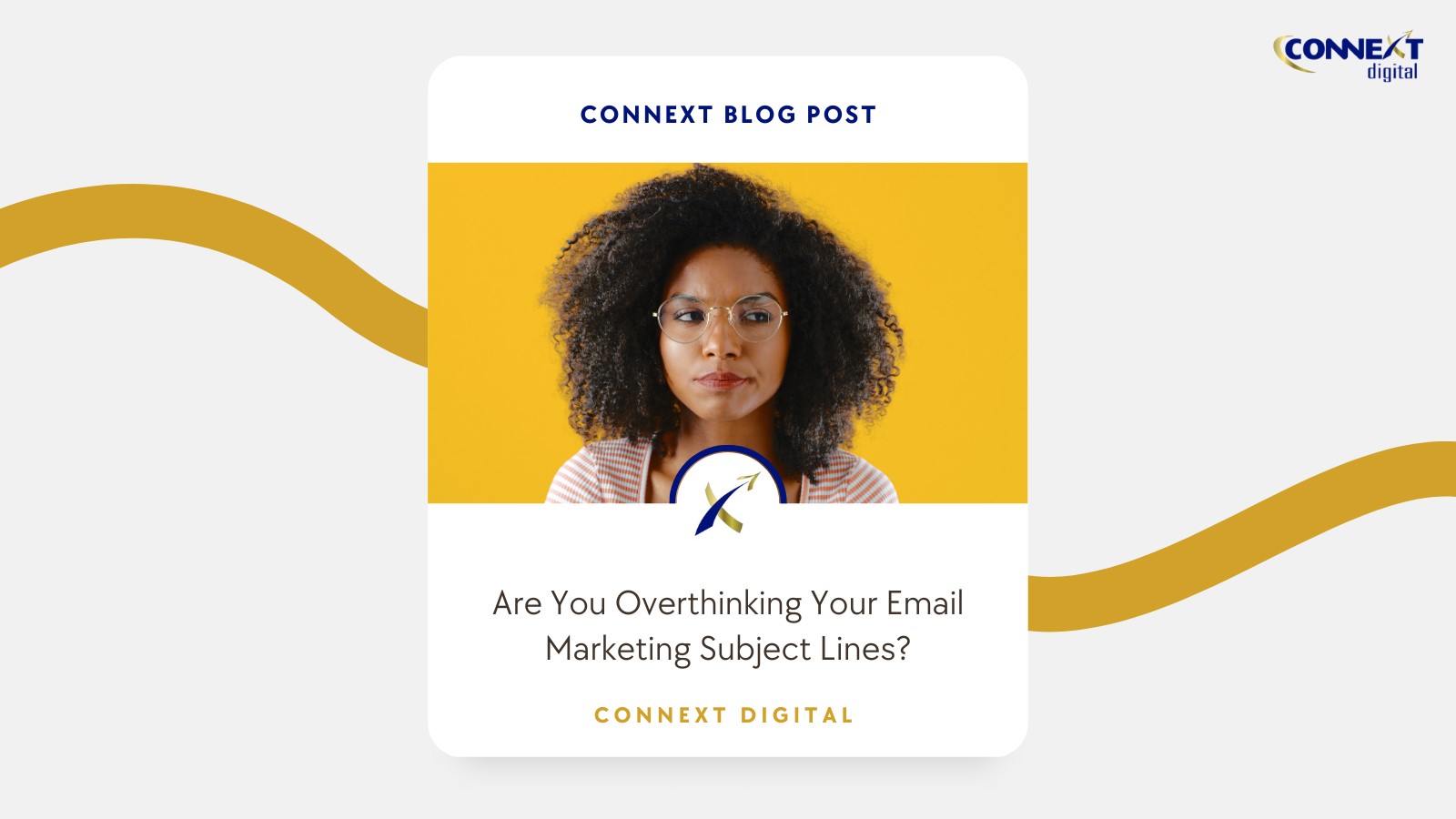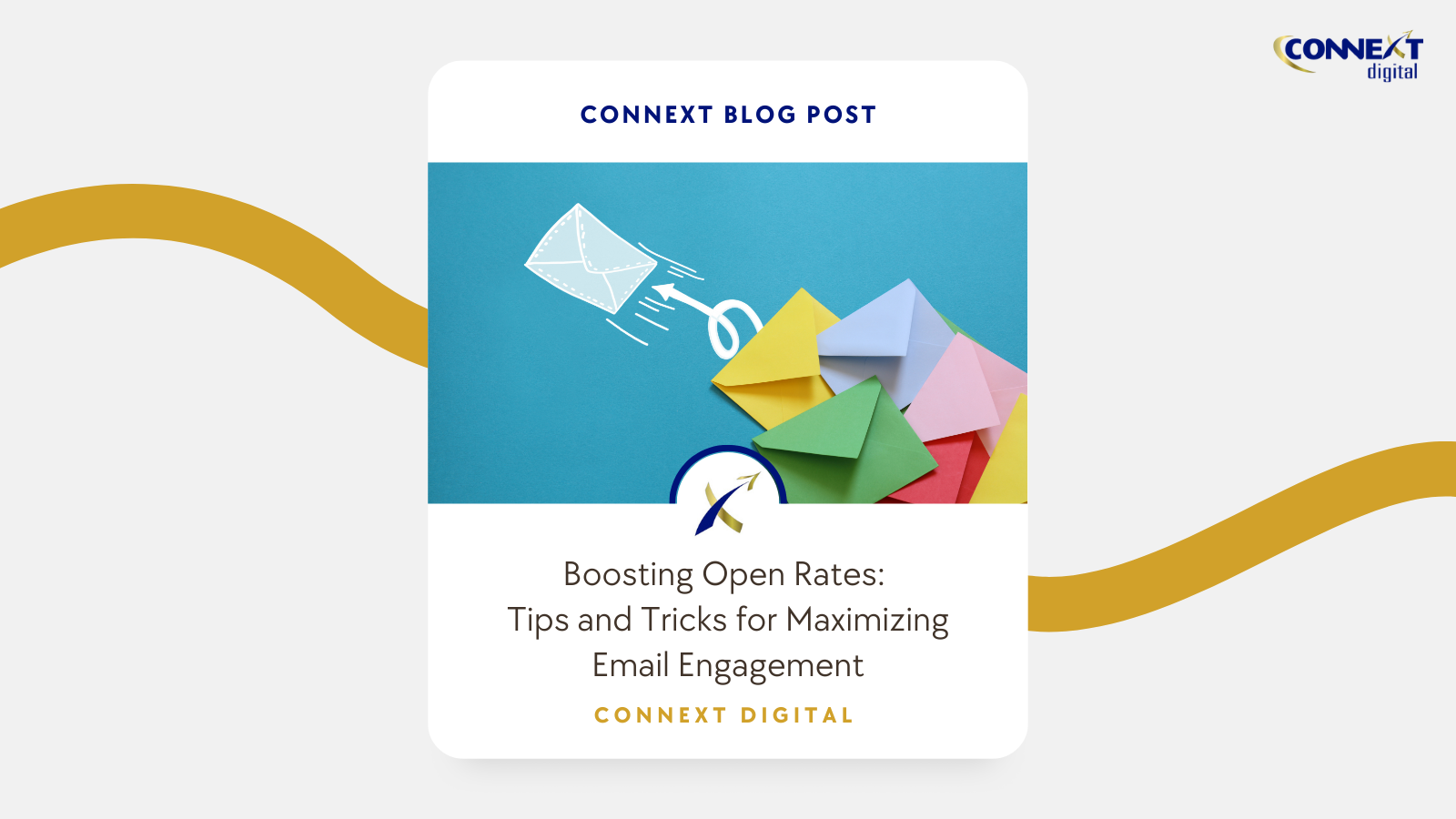
8 Killer Email Marketing Strategies that Boost Conversions
Email marketing as a sales strategy is still the most effective way to obtain, and retain, new customers. For purchases made from receiving a marketing message, it has the highest conversion rate, which is 66%, when compared to other channels like social, direct mail and more. However, this does not mean that direct mail marketing is useless compared to email marketing. In fact, direct mail can often be more successful than email marketing when it comes to ROI. In a post on his website, SEO consultant John King details a unique approach to direct mail marketing that can help maximise profits.
Statistics show that 74% of adult smartphone users prefer email to send or receive communication. Outside of mobile marketing, it takes only an hour before people click on the email in their inbox. Compared to direct mail, text, phone or social media, permission-based promotional messages via email are preferred by 77% of people.
All these prove the power of email as a tool to reach potential customers and drive conversions, whether it involves an online purchase or an inquiry about a specific service.
Here are eight killer email marketing strategies to help you achieve your goals:
1. Create a drip campaign.
A drip campaign in email marketing refers to the practice of sending emails in succession to potential and existing customers. This allows the delivery of marketing information at the perfect time, depending on where they are on the buying journey. This method is efficient in nurturing new customers through the buying process.
In a drip campaign, your email marketing services send automated emails based on triggers. These pre-determined triggers are activated once customers take a certain action. For instance, a welcome email will be sent right away when prospects opt in to receive your monthly newsletters. You could also send a series of messages about after-sales, cross-sell, or upsell opportunities when your prospect buys your product or service to encourage repeat business.
2. Strategize your delivery time.
There is no perfect time to send emails, but it’s critical to have a strategy in place that directs the sequencing and cadence of those messages. In other words, consistency with set dates and times should be a major component of your email marketing.
When you’re consistent with your email delivery time, you get to nurture those in your email list to encourage them to convert. By contrast, sporadic email campaigns where too much time has elapsed reaching out to your target market are least likely to attract anyone.
3. Personalize your emails.
A report showed that personalized emails deliver up to 6 times higher transaction rates than non-personalized emails. This tells us one thing: a one-size-fits-all strategy has no place in effective promotional emails.
Address your customers on a personal level. You could add your customer’s first name on your subject line or use dynamic content so that the most appropriate images will show to the recipient based on certain demographics such as location and gender, among others. Use tried-and-true communication strategies to increase the effectiveness of your message.
4. Clean up and segment your email list.
Email list segmentation aims to help you send highly targeted emails. Low conversion rates could mean that you are not segmenting your list properly. Again, a targeted, personalized email is a contributing factor in increased conversions.
Segment your email list in different ways. By separating active customers and non-active customers, you could cross-sell or upsell to the former while reigniting your relationship with the latter. You could also segment customers based on the total worth of their purchases, so you could determine who to send your premium offerings.
5. Test emails on all devices.
If you’re optimizing your emails for select devices, then you might notice good open rates but low click-through rates.
As an example, mobile use is a large part of the modern consumer’s lifestyle, where 55% of emails are opened on a mobile device. Customers wouldn’t have second thoughts about deleting your email if they cannot view it properly on their mobile phones.
The golden rule is to test your emails across all devices (whether it’s desktop, mobile, or an open source OS, among others) before hitting the send button.
6. Incentivize.
Sometimes, customers only need a little push to take your desired action. This is where incentives become useful. Motivate customers to make a purchase or close a deal with incentives that are hard to resist. These include freebies, discounts, rebates, vouchers, rewards and exclusive deals. If they find unique value in those offers, they can’t get anywhere else.
7. Use a clear call-to-action (CTA).
A high open rate but low conversion rate could mean one thing: your CTA is not powerful enough. Be sure that your CTA clearly communicates what you want your customers to do. Placement is also important as you want customers to see it immediately.
Sometimes, it’s better to go for a text-based CTA over an image-based one because some customers have a default email setting that prevents them from viewing images. As for design elements, you could use the squint technique, where you close or squint one of your eyes to sort of limit your visual range. A clear CTA, even with your eyes squinted, remains visible on screen because you used colors, font types, and button shapes well enough.
8. Analyze your performance regularly.
As with any marketing activity, you need to keep track whether your email strategies are delivering the results you need. Each email marketing metric indicates the effectiveness of a certain strategy. For instance, low open rates indicate that you need to work on your subject line. High CTRs could mean that you did something great with your call-to-action.
You also have the option to A/B test your email campaigns to compare and determine appeals more to your target audience. From here, plan your next steps in the process.
These strategies make for a successful email marketing strategy, so make sure you follow them to give yourself, and your brand, the best chances for high conversion rates for all your email advertisements.





